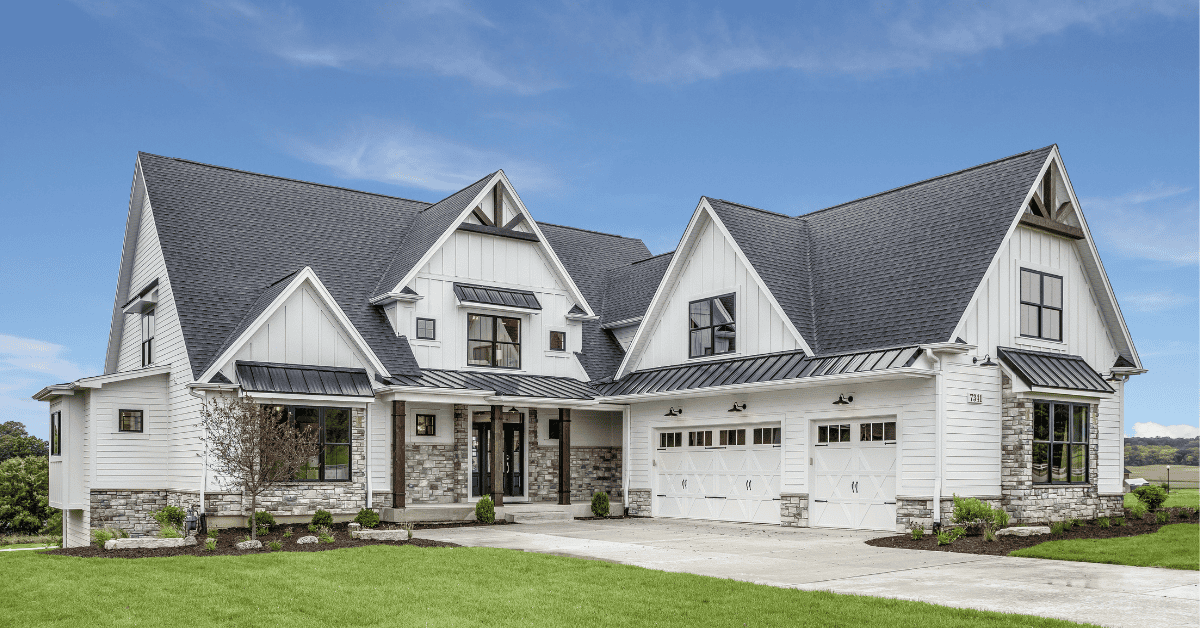
Many homeowners are aware of the need to protect exterior pipes, check window and door seals, and trim tree branches back in preparation for cold temperatures. Winterizing your home can prevent costly repairs later on. The last thing you want is pipes freezing up and cracking. Let’s check out how winter weather affects roofs and how damage can be prevented.
Winter Weather Effects on Roofs
Needing repairs due to winter weather damage can be costly and take longer than usual. A part of your home that you might not consider needing winter prep work is the roof. We expect our roofs to protect us from different weather conditions. Cold temperatures, snow, ice, and even water can harm your roof and cause serious damage. Even something as simple as cleaning out gutters can help winterize your home.
Freezing Temperatures, Water, and Ice
Freezing temperatures alone can cause changes to your roof. Materials contract in the cold and can cause your roof to shift slightly. Usually, this shifting isn’t noticeable, but noises like creaking can indicate that there is a structural issue. Shifting can also cause small hairline cracks. Water from a dreary, rainy winter day can settle in even the smallest hairline crack in roofing materials and wood. When water freezes it expands and takes up more space. Temperatures as low as 32 degrees Fahrenheit will cause this settled water to freeze and these hairline cracks to expand and grow, potentially causing some major damage. Additionally, shifting can also cause sagging on a roof between support beams, and sagging will result in the pooling of water. With the inability to flow off the roof, these pools can freeze. Ice pools as shallow as 1-inch can add additional weight and strain on support beams and brackets threatening the structural integrity of your roof.
How To Avoid Freezing Water Damage
To avoid this kind of damage, Ridgeline Construction Roofing & Exteriors suggests having your roof professionally inspected every six months to one year. The ideal time to schedule an inspection is in the fall before these winter weather conditions set in and there is still time to make any needed repairs. Based on this inspection, small cracks or vulnerable areas can be repaired and reinforced at a lower cost than major repairs.
Snowfall
Even the smallest amount of snow can cause serious damage to your home’s roof. Accumulated snow can be as extreme as to cause your roof to collapse. It is recommended that 6-inches of snow accumulation should be removed from roofs. Keep in mind that wet snow or slush can weigh more than powder snow. This accumulation amount can vary based on current damage or structural integrity and roof pitch.
How To Properly Remove Snow From a Roof
Removing snow from your roof can be very simple. A commercially made roof rake can be purchased from most hardware stores or ordered online, but we’ve found a handy DIY roof rake made from materials from your local hardware store if you can’t find one.
Prevent Winter Weather Roof Damage Today
Don’t get caught with costly roof repairs comes springtime. Prep your home with a roof inspection, minor repairs, and the right tools to maintain it through the cold winter months.
For all your roofing repair and maintenance needs, contact Ridgeline Construction Roofing & Exteriors for a free estimate today.


